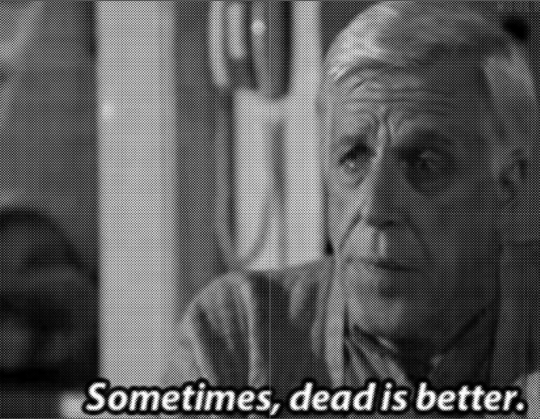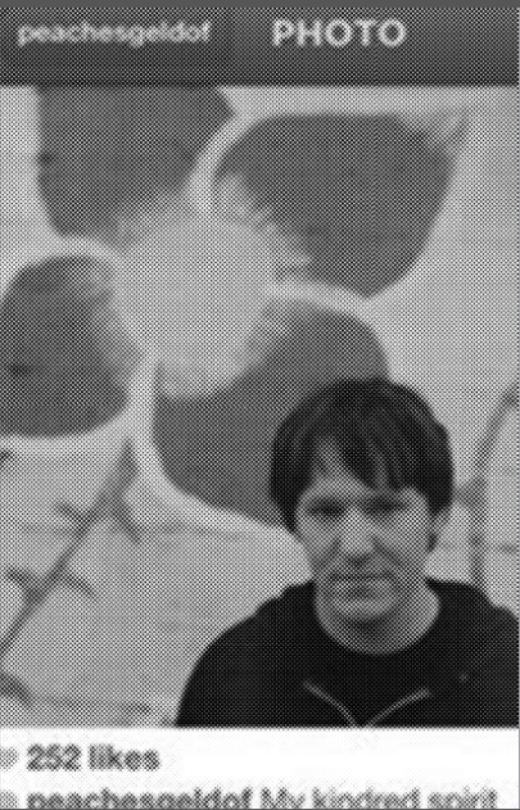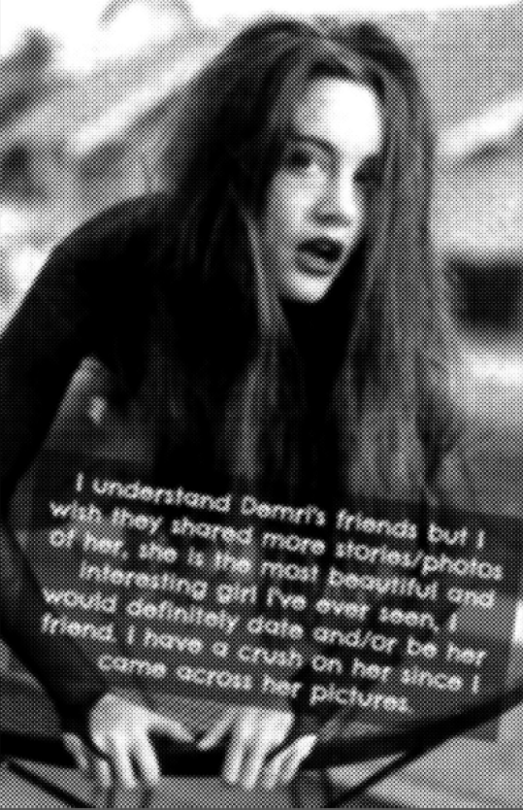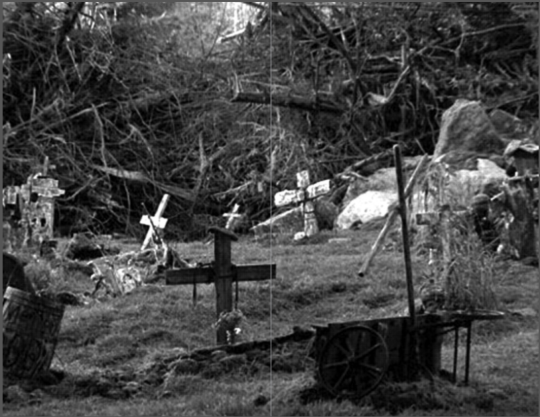
Artist Books / Artist’s Novels is an ongoing inquiry by Stephanie La Cava that looks at the intersection between visual art and literature. Each entry is a conversation with an artist or writer whose books defy genre expectations and exist outside of the traditional form.
Volume 1: Seth Price
Volume 2: Paul Chan
Volume 3: Alissa Bennett
Volume 4: Ed Atkins
Volume 5: Ed Ruscha
Stephanie LaCava in Conversation with Alissa Bennett
It’s astounding that not more attention has been paid to the phenomenon of “artist’s novels,” a messy genre of fiction written by artists known for their visual and conceptual work. Henry Darger, Yayoi Kusama and Francis Picabia all wrote fiction. The latter, known primarily for his paintings wrote an autobiographical novel in 1924 entitled Caravanserail, which was reissued in 2013 in its original French. Picabia seems an appropriate grandfather for a new generation of artists interested in the creation and distribution of words.
Alissa Bennett’s artist book-zine Dead is Better consists of eighteen essays, each about the death of a celebrity. It may seem an unlikely study for the exploration of artist’s novel, but it’s the ultimate mix of innovative personal narrative and creatively-formatted cultural criticism. While she had been researching and recording these entries for years, Bennett credits Frank Haines of the imprint Heinzfeller Nileisist for making the publication happen. She met Haines at a Christmas party. He recognized her from her Instagram where she had been posting reviews of her favorite drug documentaries, one of her many projects that illustrate an example of new media approaches to the distribution of text.
Raised in Rhode Island, Bennett modeled and traveled before settling in New York where she decided to study literature and cultural analysis. Her interest in Victorian mourning rituals, especially the relationship between capitalism and mourning, translated into a thesis on the conflation of illness and femininity in the 19th century. She wrote constantly, including scripts for the artist Sue de Beer and “a book about bad teenagers that I never published.”
For the past few years, Bennett has occupied two different roles in the art world. She writes catalogue essays that are primarily fiction for artists like Piotr Uklanski and Bjarne Melgaard, as well as works with talent at Team Gallery.
—Stephanie LaCava
STEPHANIE LACAVA: Dead is Better has a deceptively simple premise and mass appeal. And yet, your voice. It’s so singular, funny, and knowing. The sensationalist subject matter is a way to deliver a more complex message. Early on, you refer to the work as “this cheap study of death and celebrity.” But what follows is an unconventional personal essay, a hybrid form of cultural criticism. Did you set out with the form in mind?
ALISSA BENNETT: There are certain books that have been really important to me and that I have read over and over and over. The three that come to mind are Kenneth Anger’s Hollywood Babylon (which I think Dead is Better is a very transparent homage to), David K. Frasier’s Suicide in the Entertainment Industry, and Roland Barthes’ Camera Lucida. I don’t know if it was an intentional effort to conflate the qualities that I love about each of them (sensationalism, factual information, and sentimentality), or if it’s just the consequence of having spent a lot of time with the texts.
On the format, I grew up reading Rollerderby and Answer Me! and Murder Can Be Fun. I always loved the non-committal quality that zines have. I think writers of these zines also relied on humor to deal with serious information—I don’t ever want to treat my subjects glibly, but I do want to examine how we interact with the idea of celebrity and the craziness that rides with fame. There is a certain amount of shame I feel for having these totally voyeuristic compulsions, and maybe it’s funny to point them out. It gets the reader off the hook and lets them see that the absurdities of these narratives are precisely what make them poignant and meaningful.
SLC: Your RIP asides further the above idea. When you talk about Gia Carangi, you write:
You grew up a tough, beautiful girl in 1970s Philadelphia with an early predilection for women and David Bowie (RIP, that
is all you are getting from me here, David)…
How did you make your selections? Is there a celebrity you ended up cutting? Or is there anyone who crossed the line from potential chapter to Bowie-esque untouchability?
AB: David Bowie died while I was writing Volume I. He is not someone who I ever felt any kind of particular attachment to, and I guess in very basic terms, his death didn’t interest me. He came up in Gia Carrangi’s entry, and I wanted to acknowledge him, but I don’t feel the kind of information hunger for him that I need to feel to write about someone. In a way his death was also conventional and natural. Of course, I think it’s okay to feel sad or empathetic when your hero dies, but it doesn’t pack the same emotional charge as a death that feels untimely or wasteful or shocking.
I’m in the middle of writing my second issue now, which will be focused on crime, and there are a few ideas that I have that I don’t know if I can see to fruition. I’ve had a long-term obsession with Jon Benet Ramsay since her death, but since becoming a mother, it feels too dark to me to write about child murder. As a general rule, I also am not interested in gore or serial killers. I think that writing about violence for the sake of writing about violence is cheap. That extends to writing about celebrity death as well.

SLC: There are elements of autobiography hidden throughout the book. You mention where you were at physically when you were writing, hints at where you were at emotionally, and also nod to your son. When did you start writing the chapters with an eye toward making a book?
AB: The main thing that was important to me when I was writing Dead is Better is that there is not a single entry that’s forced, there is not a single figure included who I have not had a legitimate obsession with. There definitely is a connection between which deaths have felt emotionally significant to me and the experience of either hearing about or researching them. All of the entries are connected to something going on in my life at a certain time. I think that rendering them personal in some way reflects what we all feel when the celebrities die.
These are strangers, but we can feel real grief when they are gone, and I am always curious about that circuit. The relationships we have with celebrities are significant and beautiful and it’s this part of these studies that feel most important to me. For the most part, I wrote Volume I from memory. The entries have some inaccuracies and chronology issues, but it was a part of the process of writing them to see how much I had retained—when I write about these people I want to go back to the memories that I have of them. I want the reader to go back as well.
SLC: The narratives address—in the most unpretentious and playful way—a culture obsessed with schadenfreude and celebrity. Whether intentional or not, the reader isn’t invested in the work for an intellectual takeaway, but rather to delight in the storytelling and your honesty and candid play by play. This is a tactic more often seen in visual art than literary work. I think literary conventions may struggle with fear of being seen as simple, even if its deceptively so or in service of a feeling. In a way, this is what makes this book very much a riff on the “artist’s novel.” I wonder how much of this comes from your background in the art world.
AB: It’s funny that you mention this because for many years when I would go head-long into an obsession, my son’s father would say “This is your art.” I never thought of it that way. It was just what I was into and I’ve always had this deep curiosity about the interior lives of other people. Celebrity is, of course, the place where you are able to have the most access to things that are private because of tabloid and fan culture.
I also wanted to approach the zine without any pretension because part of what I love about fandom is its sincerity. Something that I have been thinking of a lot lately is how fandom works, how we like certain celebrities because we locate ourselves in them somehow-I feel like it’s the same process that makes us love art or music or literature. I guess I use myself as a kind of reflective surface in these texts, I want you as a reader to be there with me in a way the mimics that idea of intimacy.

SLC: There’s a sincerity that is comic, but also palatable in some of the commentary. For example, in the River Phoenix chapter:
You were financially responsible for your family from a very young age, first as some kind of child street busker and then, of course, as an actor, and can any of us really appreciate how stressful and horrible that must have been? I sometimes find it unbearable and I am an adult!
You concede to relating to elements of the late subject’s choices. And there is also a gentleness to the criticism through humor. On Demri Parrott:
“You had that certain do-not-give-a-fuck coolness that I understand now was the direct result of a very bad heroin problem and a lot of free time.” The comic beats in the book are great. I love the close of the Lizzie Siddal one, “Fuck them, Lizzie. You are a star!”
Did you do a lot of rewriting or was it pretty much what came to mind as you sat down to do each chapter?
AB: I wrote them all quickly, which felt like it was an important part of the process. The first edition is really embarrassing for me because there are a lot of spelling and copy errors, but I wanted the entires to feel natural and personal and off-the-cuff in a way that I didn’t think I could find if they were too labored over.
In the second issue, I have found myself trying to control the texts a little bit more, which is something I need to keep in check. I don’t want anyone to have to slog through these zines and I don’t want them to feel too polished—I want this to be a series of texts that you can read on the subway or on the beach, I want them to be easy, and I think that too much self-consciousness really destroys that.
SLC: There’s also a great moment when you liken your death obsession to the fickleness of romance. Again, super human.
AB: But it IS like a romance! I always know that an obsession is real when I find myself going back to look for more information. You get full of someone and you back a way a bit, and if the love is real, that feeling of hunger always returns to you. I also am really attracted to unresolved or mysterious narratives where there is always room for more information or fluidity; this is also the place where fan message boards come in for me. I love that there are periods of stagnation followed by activity, I love when people complain that boards have been quiet but are still looking for clues or information. Layne Staley is a really important example of this for me—there is never enough information about his death for me to be satisfied—it is ultimate lack.
SLC: As a last note, I think it’s important to say how charmed the reader is by your voice at the end of a book so hefty in subject matter.
AB: It’s a kind of sociological handbook about material that should never feel alienating or hard to approach. I have said before that celebrity deaths are our deaths, and I really believe that.





